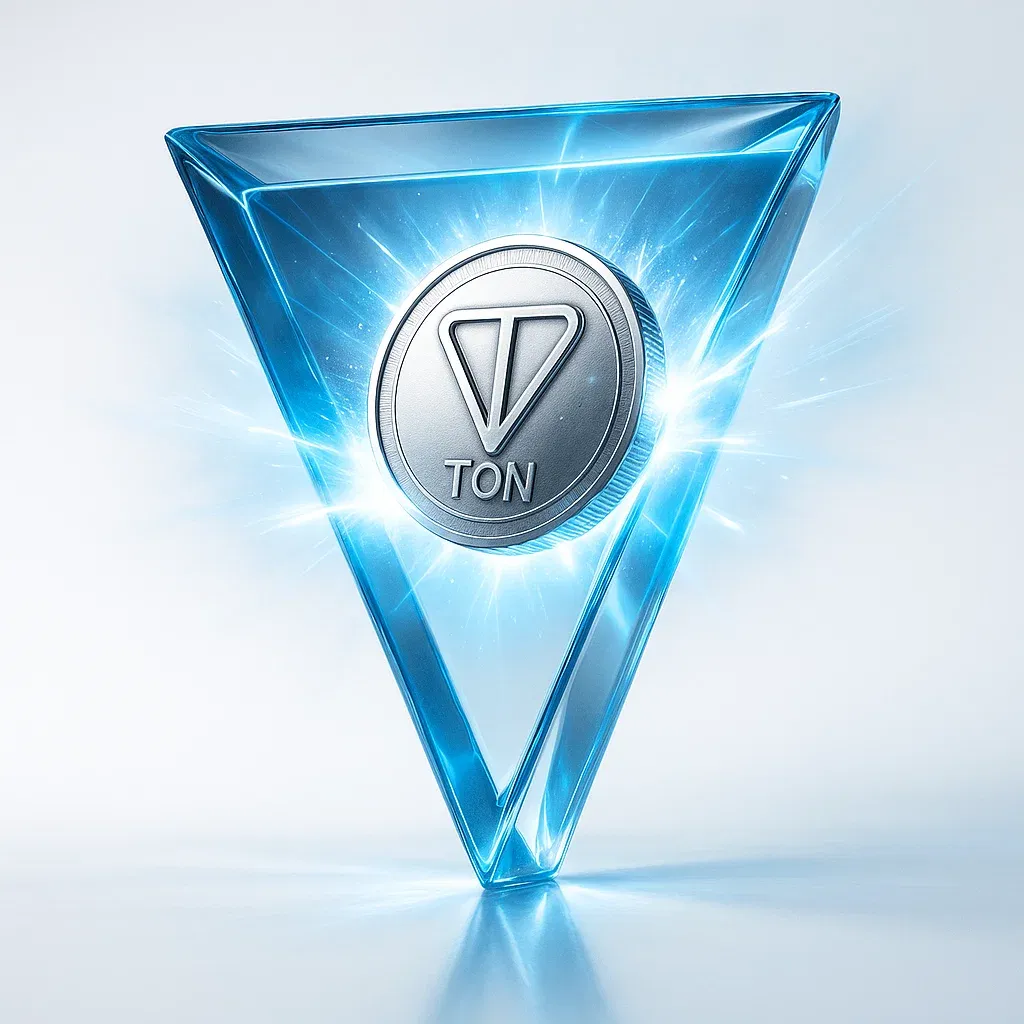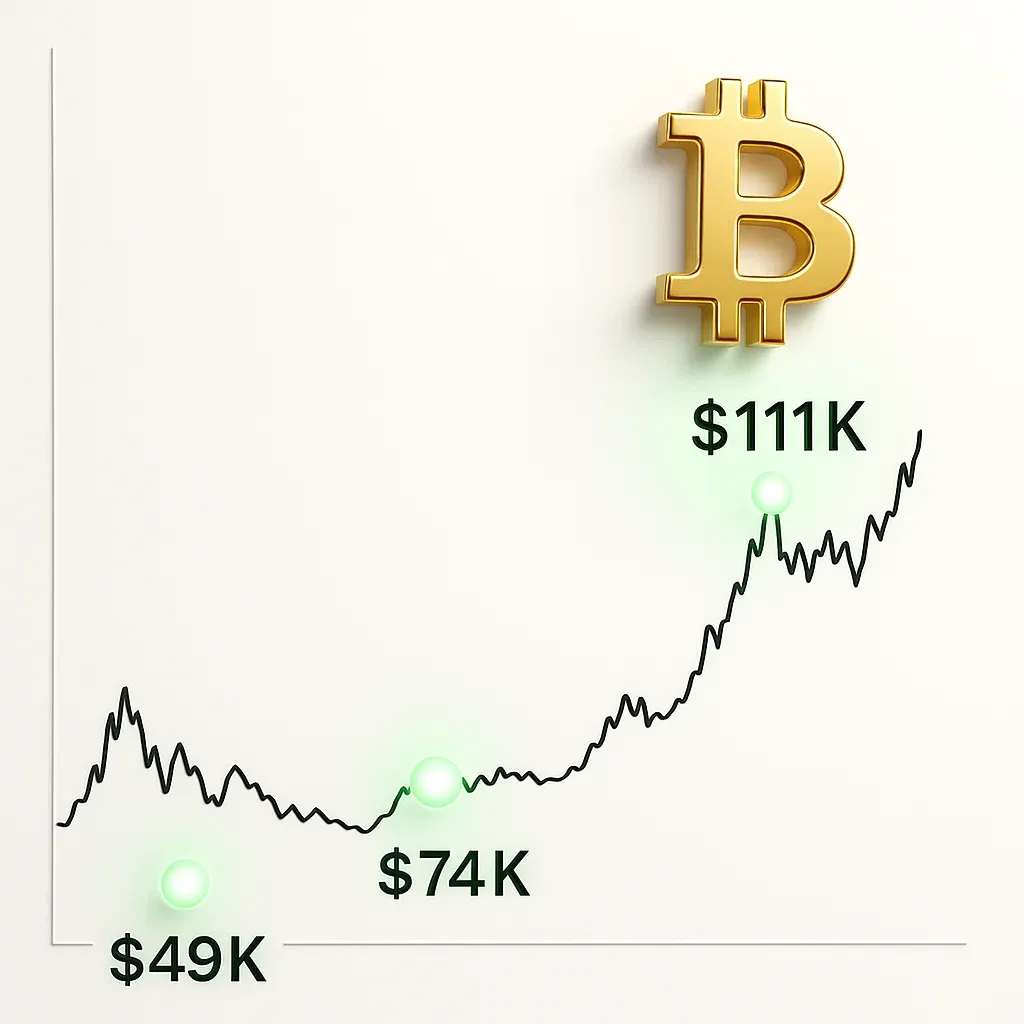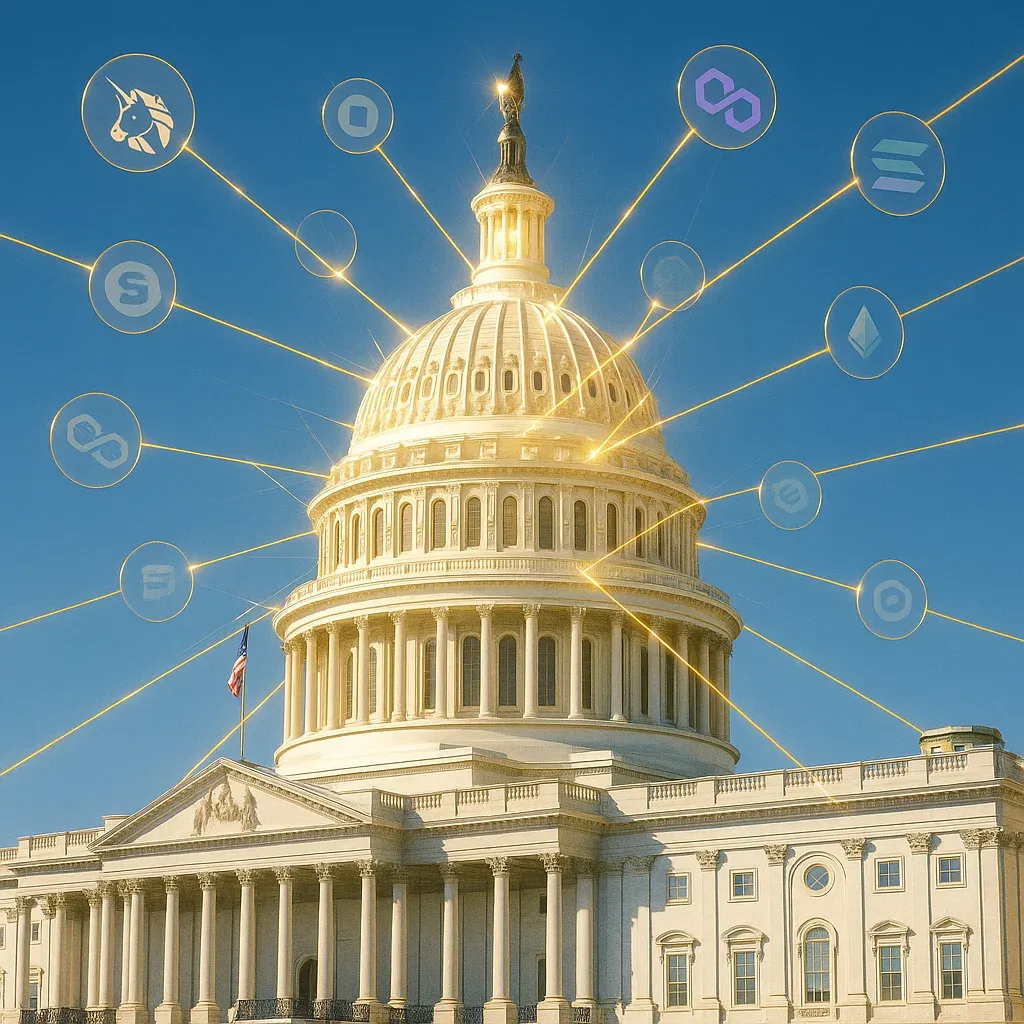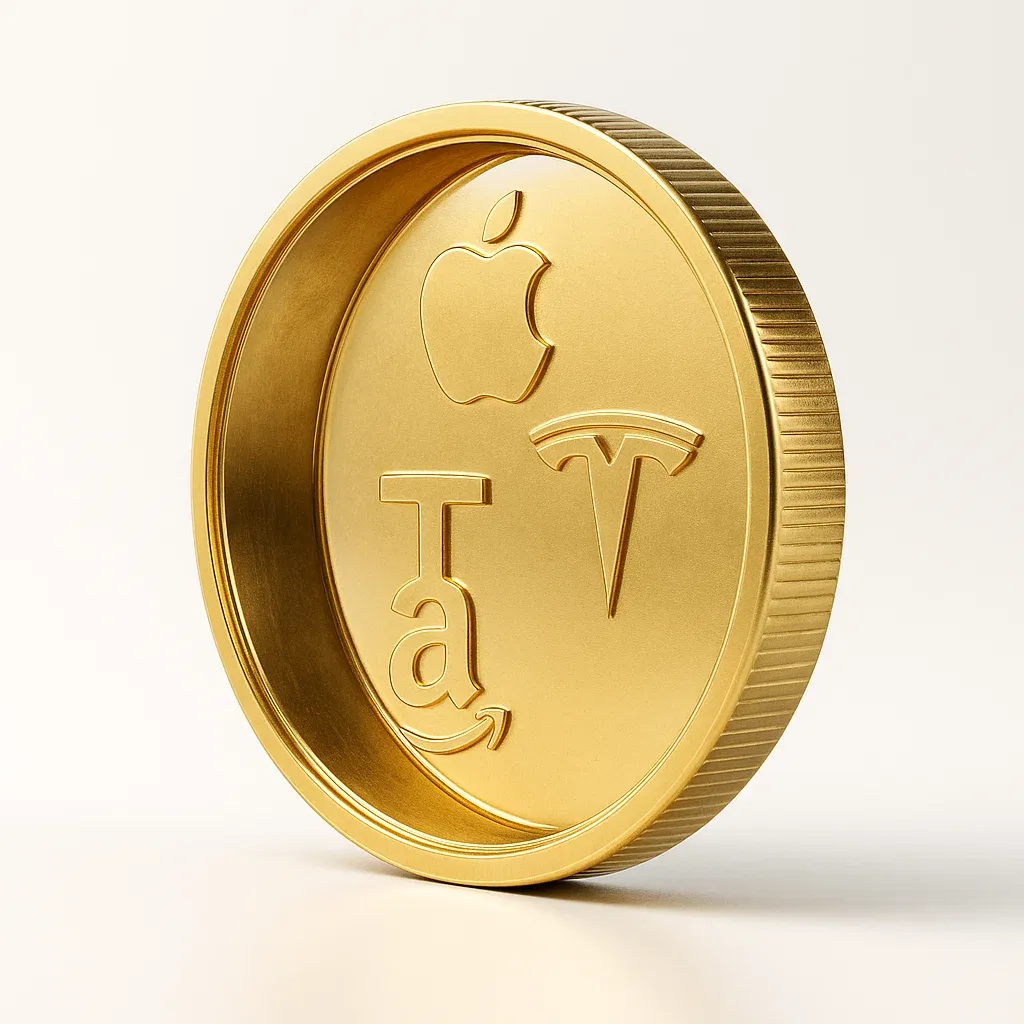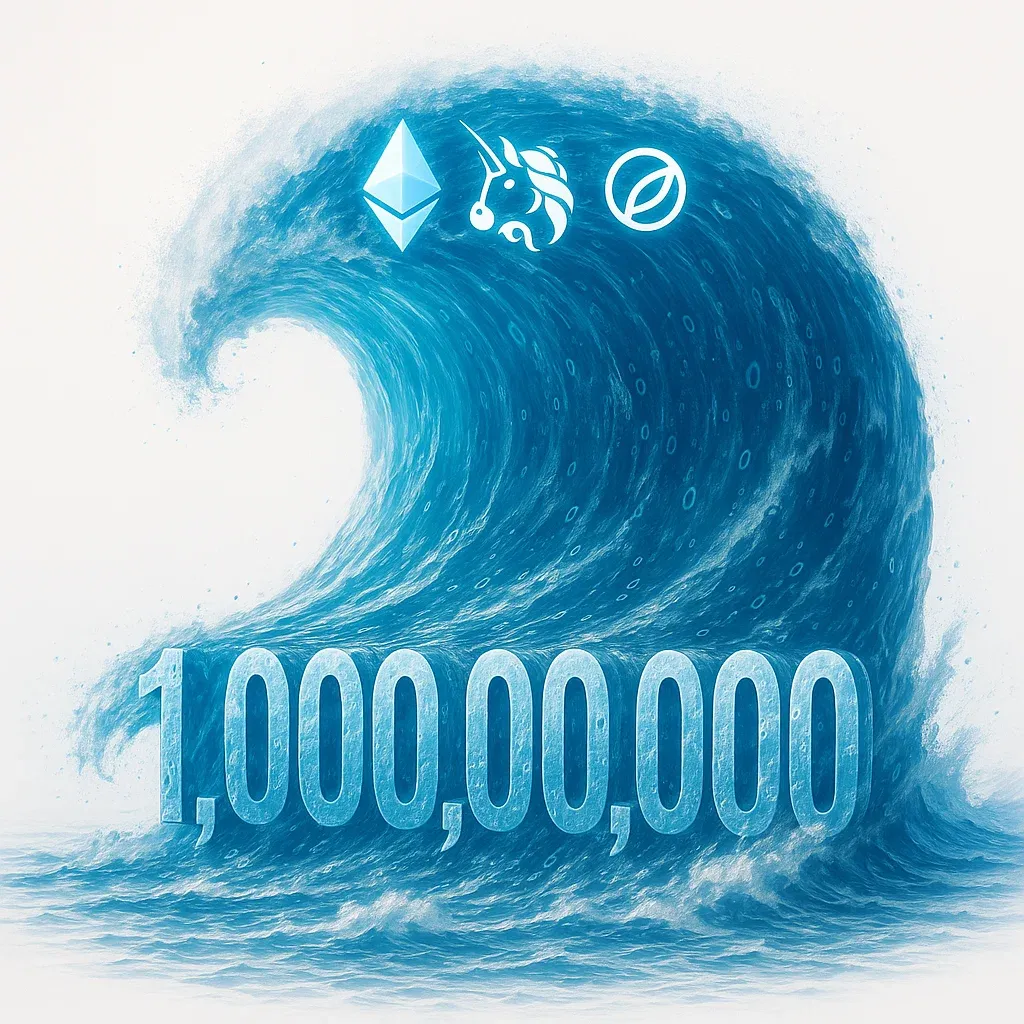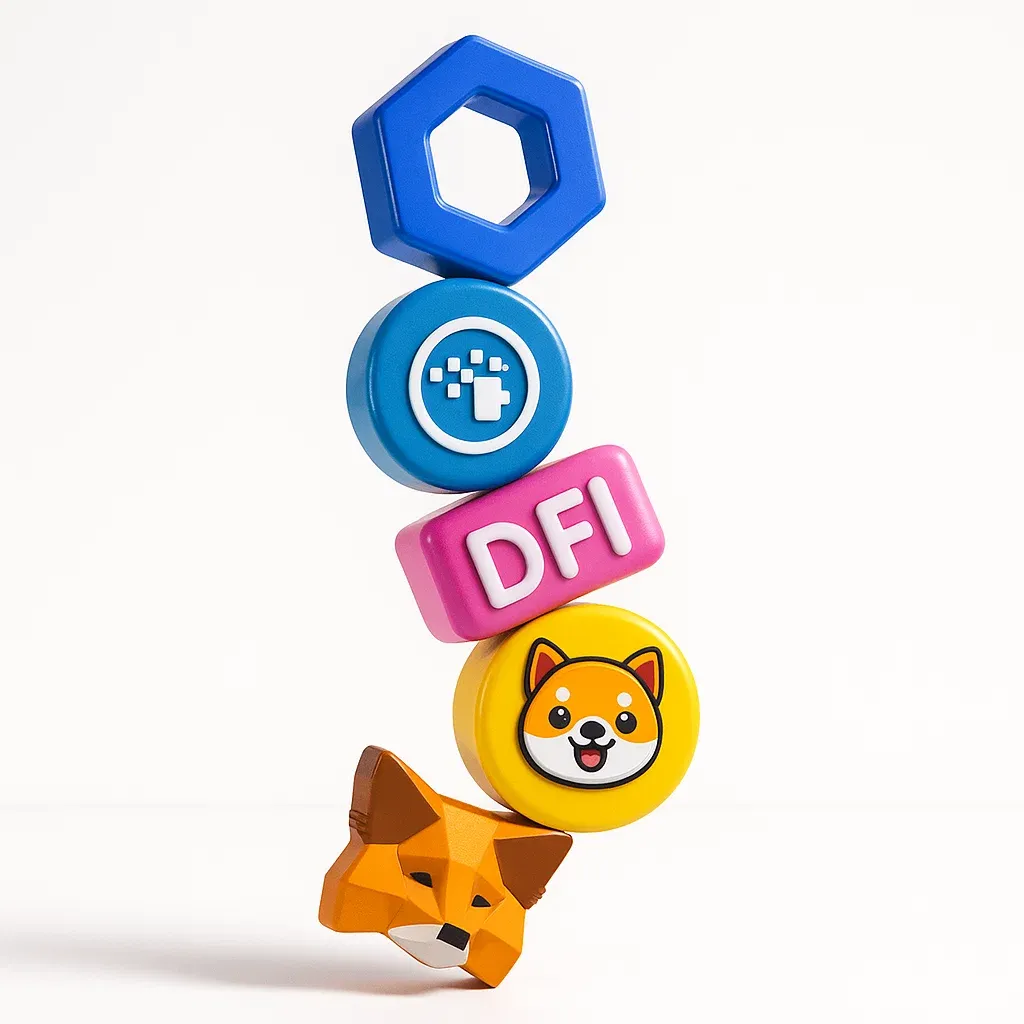CBDC Explained: The Digital Money That Could Redefine Power, Privacy, and How We Pay
🧠 What Is a CBDC (and Why Is Everyone Freaking Out?)
April 15, 2025 | By ATH Editorial Team
A Central Bank Digital Currency, or CBDC, is exactly what it sounds like — money issued by a country’s central bank, but in digital form.
Unlike crypto, it's not decentralized. It's not anonymous. It's not something you mine. It’s state-controlled digital cash that lives on a database (maybe blockchain, maybe not) — programmable, traceable, and completely within government reach.
CBDCs are meant to make money more efficient. But depending on who you ask, they’re either the future of finance or the start of financial surveillance.
🔗 Is CBDC a Cryptocurrency?
Nope. It might look like crypto on the surface — digital, fast, modern — but don’t be fooled.
- Crypto is decentralized, run by code and community.
- CBDCs are centralized, controlled by governments.
Bitcoin resists surveillance. CBDCs enable it.
💾 Is It Built on Blockchain?
Sometimes.
Some countries are testing blockchain or distributed ledgers. Others say “nah” and go for centralized systems that are easier to control and scale.
Example? Research by the Federal Reserve Bank of Boston and MIT showed that blockchain might be too slow for real-time CBDC needs.
So yes — blockchain can be used. But it’s optional.
🔄 The Two Flavors: Wholesale vs Retail
Wholesale CBDC
Only for banks and big institutions. Think high-volume transfers between financial players. Faster, cheaper, programmable settlements.
Retail CBDC
This one’s for you and me. A digital version of cash we use for everyday stuff — groceries, bills, online shopping. Comes in two formats:
- Token-based: You verify ownership with digital signatures.
- Account-based: Tied to your ID. You sign up, log in, and boom — here’s your state-issued digital wallet.
🌍 Who’s Building CBDCs (and Who’s Holding Back)?
- Nigeria: First in Africa to launch with the e-Naira.
- China: Digital yuan (e-CNY) already in pilot cities.
- India: Testing both wholesale and retail digital rupees.
- UK: “Britcoin” is in the works — no joke.
- Australia: Partnering with banks for test runs.
- South Korea: Testing digital won for trade and settlement.
And then there are the skeptics:
- USA: Still in research mode. Privacy concerns dominate.
- Japan: Pressed pause. Wary of disrupting existing banking systems.
👁️ Will CBDCs Kill Financial Privacy?
That’s the billion-dollar question.
CBDCs could let governments monitor every transaction in real time. That’s a feature — not a bug. For tax collection, fraud prevention, etc.
But for citizens? That’s one hell of a surveillance tool.
CBDCs don’t have to be invasive — but they easily can be. Unlike cash, you can’t slip a CBDC under the mattress.
✅ Benefits — If Done Right
- 🔒 Security: Way harder to counterfeit than cash.
- 💸 Cheaper transactions: Ditch the middlemen.
- 🌐 Financial inclusion: Reach the unbanked.
- 👊 Fight the black market: Every transaction is traceable.
⚠️ Risks — And They're Big
- 🧠 Too much control: Govs could freeze accounts or restrict spending.
- 💥 Tech failures: A bug could wipe access to your money.
- 🕵️ Surveillance state vibes: Privacy? Optional, not default.
🔚 TL;DR
- CBDCs = digital cash issued by central banks.
- Not crypto. Not private. Not decentralized.
- Some countries are going all-in. Others are watching from the sidelines.
- Could boost financial systems — or become tools for surveillance.
- Whether they free us or control us depends on who builds them — and how.
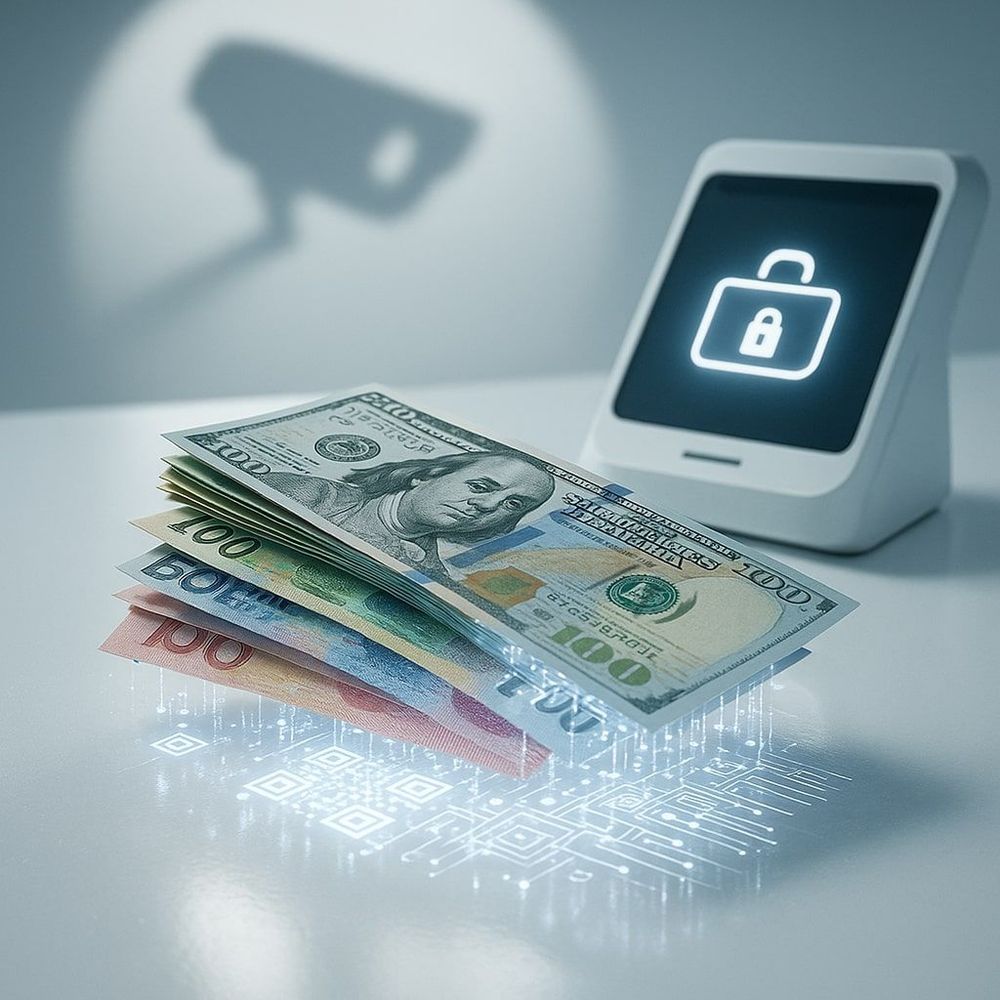
Recent News
All Time High • Live
Have questions or want to collaborate? Reach us at: info@ath.live

